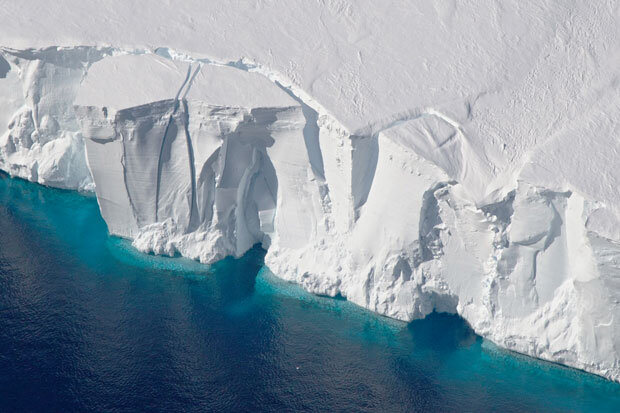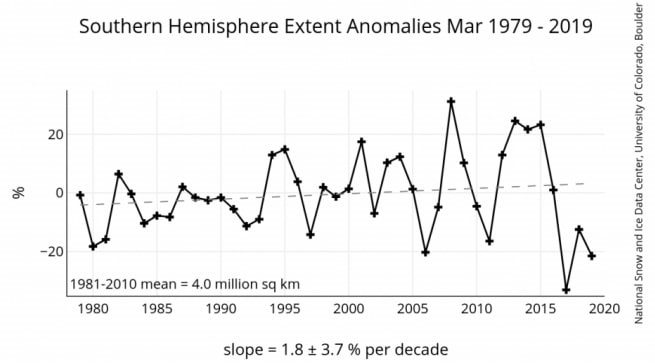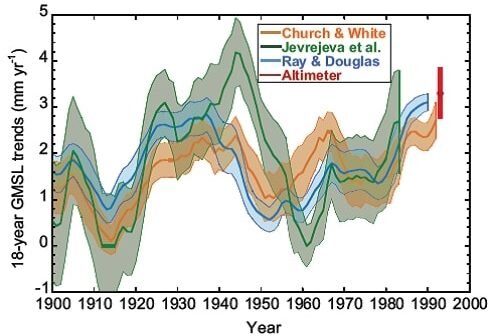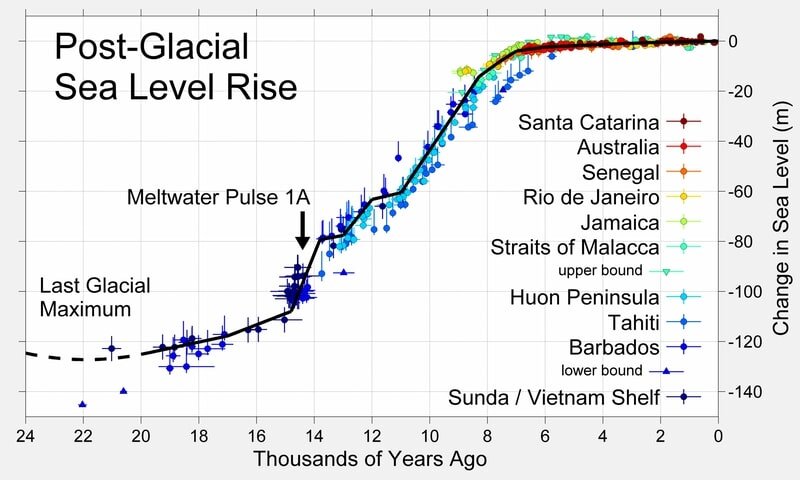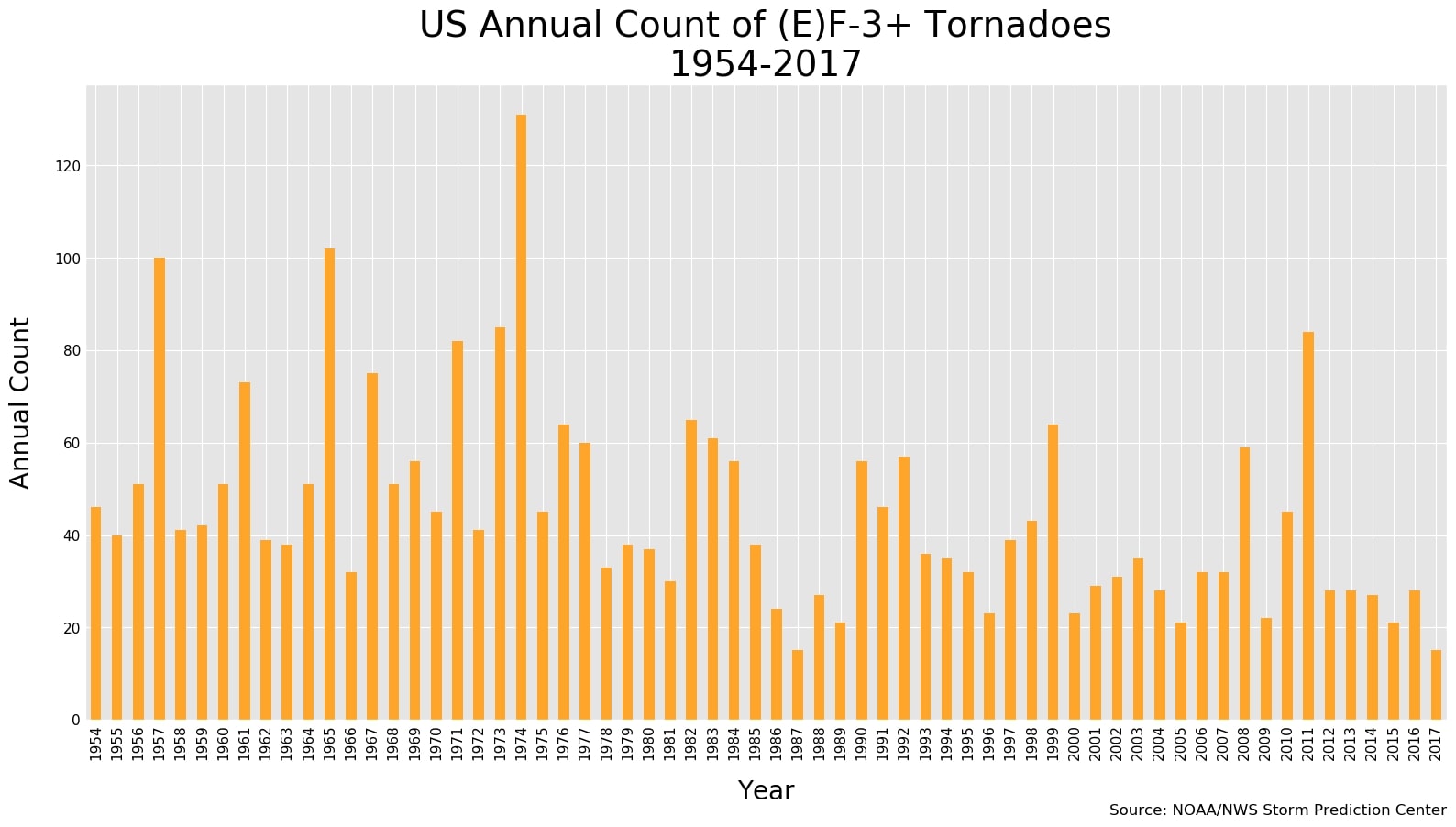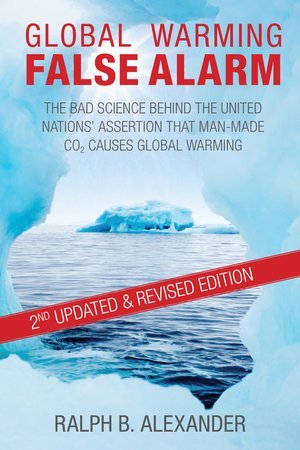Coronavirus Epidemiological Models: (2) How Completely Different the Models Can Be
/Two of the most crucial predictions of any epidemiological model are how fast the disease in question will spread, and how many people will die from it. For the COVID-19 pandemic, the various models differ dramatically in their projections.
A prominent model, developed by an Imperial College, London research team and described in the previous post, assesses the effect of mitigation and suppression measures on spreading of the pandemic in the UK and U.S. Without any intervention at all, the model predicts that a whopping 500,000 people would die from COVID-19 in the UK and 2.2 million in the more populous U.S. These are the numbers that so alarmed the governments of the two countries.
Initially, the Imperial researchers claimed their numbers could be halved (to 250,000 and 1.1 million deaths, respectively) by implementing a nationwide lockdown of individuals and nonessential businesses. Lead scientist Neil Ferguson later revised the UK estimate drastically downward to 20,000 deaths. But it appears this estimate would require repeating the lockdown periodically for a year or longer, until a vaccine becomes available. Ferguson didn’t give a corresponding reduced estimate for the U.S., but it would be approximately 90,000 deaths if the same scaling applies.
This reduced Imperial estimate for the U.S. is somewhat above the latest projection of a U.S. model, developed by the Institute for Health Metrics and Evaluations at the University of Washington in Seattle. The Washington model estimates the total number of American deaths at about 60,000, assuming national adherence to stringent stay-at-home and social distancing measures. The figure below shows the predicted number of daily deaths as the U.S. epidemic peaks over the coming months, as estimated this week. The peak of 2,212 deaths on April 12 could be as high as 5,115 or as low as 894, the Washington team says.
The Washington model is based on data from local and national governments in areas of the globe where the pandemic is well advanced, whereas the Imperial model primarily relies on data from China and Italy alone. Peaks in each U.S. state are expected to range from the second week of April through the last week of May.
Meanwhile, a rival University of Oxford team has put forward an entirely different model, which suggests that up to 68% of the UK population may have already been infected. The virus may have been spreading its tentacles, they say, for a month or more before the first death was reported. If so, the UK crisis would be over in two to three months, and the total number of deaths would be below the 250,000 Imperial estimate, due to a high level of herd immunity among the populace. No second wave of infection would occur, unlike the predictions of the Imperial and Washington models.
Nevertheless, that’s not the only possible interpretation of the Oxford results. In a series of tweets, Harvard public health postdoc James Hay has explained that the proportion of the UK population already infected could be anywhere between 0.71% and 56%, according to his calculations using the Oxford model. The higher the percentage infected and therefore immune before the disease began to escalate, the lower the percentage of people still at risk of contracting severe disease, and vice versa.
The Oxford model shares some assumptions with the Imperial and Washington models, but differs slightly in others. For example, it assumes a shorter period during which an infected individual is infectious, and a later date when the first infection occurred. However, as mathematician and infectious disease specialist Jasmina Panovska-Griffiths explains, the two models actually ask different questions. The question asked by the Imperial and Washington groups is: What strategies will flatten the epidemic curve for COVID-19? The Oxford researchers ask the question: Has COVID-19 already spread widely?
Without the use of any model, Stanford biophysicist and Nobel laureate Michael Levitt has come to essentially the same conclusion as the Oxford team, based simply on an analysis of the available data. Levitt’s analysis focuses on the rate of increase in the daily number of new cases: once this rate slows down, so does the death rate and the end of the outbreak is in sight.
By examining data from 78 of the countries reporting more than 50 new cases of COVID-19 each day, Levitt was able to correctly predict the trajectory of the epidemic in most countries. In China, once the number of newly confirmed infections began to fall, he predicted that the total number of COVID-19 cases would be around 80,000, with about 3,250 deaths – a remarkably accurate forecast, though doubts exist about the reliability of the Chinese numbers. In Italy, where the caseload was still rising, his analysis indicated that the outbreak wasn’t yet under control, as turned out to be tragically true.
Levitt, however, agrees with the need for strong measures to contain the pandemic, as well as earlier detection of the disease through more widespread testing.
Next: Coronavirus Epidemiological Models: (3) How Inadequate Testing Limits the Evidence





























